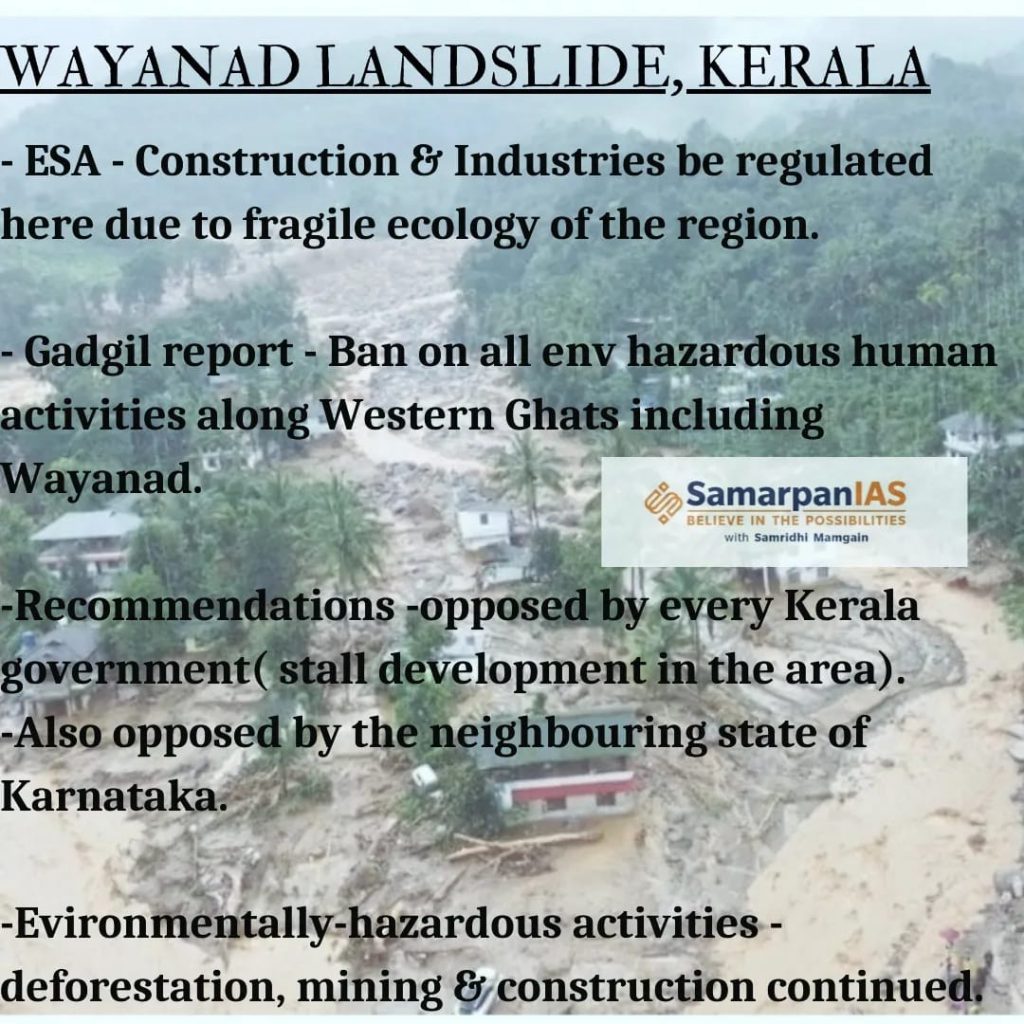


A hilly region known for its rugged terrain and stunning vistas, Wayanad is a popular tourist destination which attracts more than 100,000 visitors every year. The district is mainly inhabited by indigenous tribes and is dotted with picturesque tea and cardamom estates.
A part of the ecologically sensitive Western Ghats – a mountain range that runs along the western coast of India – the district is not new to landslides.
A 2011 report submitted by a panel of experts, led by ecologist Madhav Gadgil, had classified the entire Wayanad region as “fragile, medium fragile and less fragile area”. This report also recommended a ban on all ” environmentally-hazardous” human activities along the Western Ghats, including in Wayanad. The recommendations have since been continuously opposed by all political parties and governments of Kerala, who maintain that it would stall development in the area.
It was also opposed by the neighbouring state of Karnataka, which argued that it would impact livelihoods of local people.
Kasturirangan High Level Working Group(HLWG) of 2013 has included 13 villages of the Wayanad district as Eco sensitive areas. Eco-sensitive areas means the the construction and industries be regulated due to the fragile economy.
The indecision on the issue has meant that environmentally-hazardous activities like deforestation, mining and building construction have continued in the region.
The Leader of Opposition of Lok Sabha has called for calling Wayanad disaster as ‘national disaster’.
